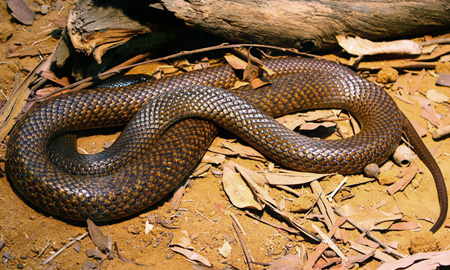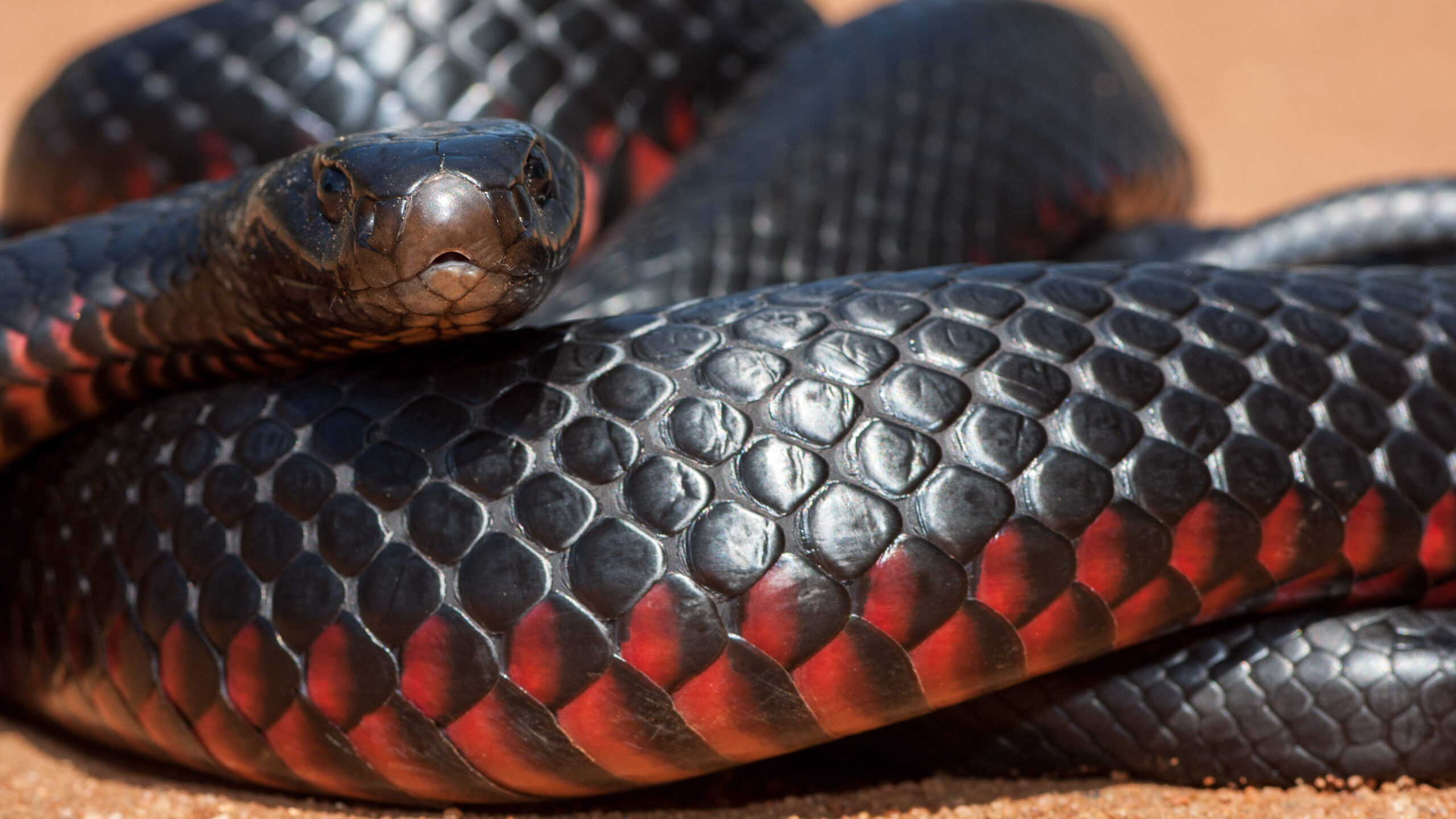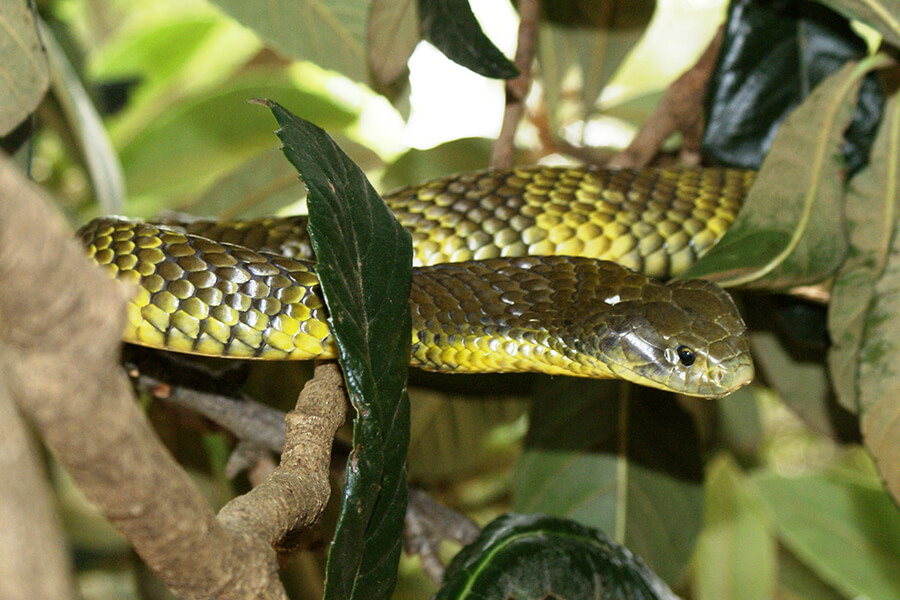Introduction
When it involves the fascinating world of serpents, couple of types record the creativity rather like the Preventing snake bites Australia baby tiger snake. Known for their distinct pigmentation and powerful poison, these serpents are an integral component of Australia's special ecological community. In this thorough post, we will delve into various elements of baby tiger snakes, including their actions, environment, and how to safely engage with them. Whether you're a wild animals fanatic or just interested about Click here for more these creatures, understanding child tiger serpents can help cultivate a much deeper recognition for nature.
Baby Tiger Snakes: What You Need to Understand About Their Actions and Habitat
What Are Child Tiger Snakes?
Baby tiger serpents are juvenile forms of the highly poisonous species understood clinically as Notechis scutatus These serpents are primarily found in seaside regions of Australia, specifically in Tasmania and southern Victoria. As they grow, their pigmentation changes from a much more low-key palette to the characteristic yellow and black bands that give them their name.
One significant facet of child tiger snakes is their size; hatchlings typically determine around 25-30 centimeters in length. Regardless of their little stature, they possess a shocking quantity of poison that can be destructive to people if bitten.
Physical Characteristics
Tiger serpents possess a number of crucial physical characteristics:
- Coloration: The distinctive banding pattern typically comes to be more obvious as they mature. Size: Grownups can reach sizes of approximately 2 meters. Body Shape: They have a durable body that helps in swimming and terrestrial movement.
Where Do Infant Tiger Snakes Live? Comprehending Their Habitat
Understanding the environment choices of baby tiger snakes is crucial for both preservation efforts and public safety and security. These serpents grow in numerous environments:
- Wetlands: Marshes and swamps give adequate searching grounds. Coastal Regions: Commonly located near beaches where they can search for prey. Woodlands: Dense greenery supplies cover from predators.
Geographical Distribution
Tiger snakes are mostly found along Australia's southern coastline, consisting of:

- Tasmania: Home to one of one of the most notorious populations. Victoria: Specifically in areas near water bodies.
Are Tiger Snakes Venomous? A Deep Dive into Their Venom
One common concern arises when going over baby tiger serpents: "Are tiger snakes poisonous?" The response is a resounding yes!
Venom Composition
The poison of tiger snakes includes neurotoxins that can trigger paralysis, coagulopathy (blood clotting concerns), and possibly death if neglected. Here's what you need to recognize:

- Effects on Humans: A bite from a tiger serpent can lead to signs like swelling, pain at the bite website, nausea or vomiting, and even respiratory system failure.
Comparison with Other Poisonous Snakes
In comparison to various other Australian snakes such as the eastern brown serpent or king brown serpent, tiger serpent poison is considered among one of the most potent. However, fatalities are uncommon as a result of enhanced medical treatments and access to antivenom.
Behavioral Patterns of Baby Tiger Snakes
Understanding just how child tiger serpents behave is important for those who live in or check out areas where these reptiles are prevalent.
Nocturnal Habits
Most baby tiger serpents show nocturnal habits. They have a tendency to forage for food during cooler night temperature levels. This adaptability assists them prevent predators while improving their hunting efficiency.
Hunting Techniques
Their searching techniques include:
- Ambush Predation: Waiting inactive up until victim comes close. Active Foraging: Actively relocating via greenery or along waterways searching for food.
First Aid for Snake Bites: What You Need to Know
Despite being remarkable creatures, experiences with infant tiger serpents can result in unsafe scenarios if attacks happen. Recognizing emergency treatment procedures can save lives.

Immediate Tips After a Bite
Remain tranquility; panic enhances heart rate. Immobilize the influenced arm or leg making use of a splint or bandage. Seek instant medical interest-- antivenom may be necessary.Creating a Snake Bite Emergency Treatment Kit
A well-prepared emergency treatment package ought to include:
|Thing|Function|| ------------------------------|--------------------------------------|| Compression bandage|To immobilize the arm or leg|| Splint|Stabilizes damaged bones or joints|| Antihistamines|Reduces allergic reactions|| Emergency call numbers|Quick accessibility during emergency situations|
Common Myths Concerning Tiger Snakes Debunked
Many myths surround these appealing reptiles; allow's make clear some misconceptions frequently held by people.
Myth # 1: All Tiger Snakes Are Aggressive
While some individuals may exhibit defensive habits when endangered, not all tiger snakes display screen aggressiveness towards people unless provoked.
Myth # 2: Baby Tiger Snakes Are Less Hazardous Than Adults
This myth might not be even more from the truth! Baby tiger snakes contain virtually as much poison as grownups about their size; thus they pose considerable risks if bitten.
FAQs Concerning Infant Tiger Snakes
What do infant tiger snakes eat?- They mostly eat tiny animals, birds, frogs, and fish.
- Look for slim bodies with pale banding patterns that come to be more pronounced as they mature.
- Yes! Birds of prey and larger reptiles may target them.
- Typically every few weeks as they grow rapidly during their very early life stages.
- While some individuals do keep them illegally without licenses as a result of their hazardous nature; it's generally not suggested given their venomous status.
- With timely medical therapy-- consisting of antivenom-- the survival rate is high!
Conclusion
In summary, understanding child tiger snakes-- what they consume, where they live, just how they act-- can outfit us with useful expertise concerning these amazing yet hazardous creatures. The value of education and learning surrounding first aid actions can not be overemphasized; understanding just how to respond efficiently after a bite can save lives while promoting regard for our slithering next-door neighbors within Australia's abundant biodiversity range.
By appreciating these serpents' roles within communities-- and acknowledging prospective dangers-- we promote conjunction rather than fear-based reactions towards one another's presence in nature's grand tapestry! Whether Discover more you're a serious hiker contemplating your following adventure or just curious about regional wild animals experiences near home-- this guide works as your trusted referral factor on the enigmatic globe lived in by our pals-- the spectacular baby tiger snake!